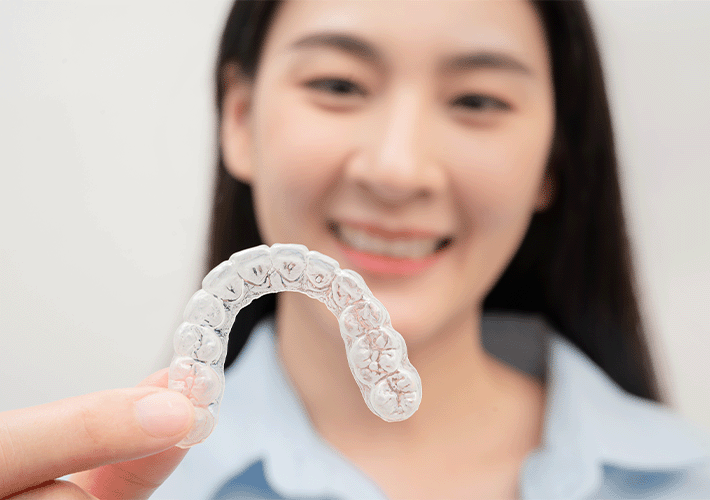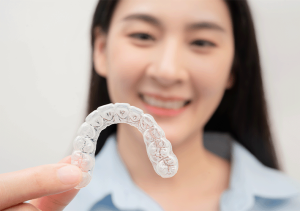
Introduction to Smart Sensors in Dentistry
The advent of smart technology has revolutionised various industries, and dentistry is no exception. Particularly, smart sensors are increasingly being integrated into Invisalign Sydney treatments, paving the way for a new era of orthodontic care. These sensors provide real-time data and insights, enhancing patient experiences and outcomes.
Understanding Smart Sensors
Smart sensors are advanced devices capable of monitoring, detecting, and transmitting information using wireless technology. In the context of dentistry, they play a crucial role in monitoring oral health parameters, offering valuable feedback to both patients and dental professionals. This technology is becoming an integral part of modern dental treatments, including Invisalign.
The Impact of Smart Sensors on Invisalign Treatment
Improving Patient Compliance
One of the significant challenges in orthodontic treatments like Invisalign is ensuring patient compliance. Smart sensors can monitor the wear time of aligners, providing reminders and feedback to patients. This feature ensures that patients adhere to their treatment plans, ultimately leading to better outcomes.
Enhancing Treatment Accuracy
Smart sensors can also track the progress of tooth movement, providing precise data that helps in adjusting the treatment plan as needed. This capability significantly enhances the accuracy of Invisalign treatments, ensuring that the desired results are achieved efficiently.
Providing Comprehensive Oral Health Monitoring
Beyond tracking the progress of tooth alignment, smart sensors can monitor other oral health aspects. For instance, they can detect teeth grinding, dehydration, and even concussions. A smart mouth guard has demonstrated the potential of such technologies in improving oral and overall health.
Case Studies and Research
- Recent studies have shown promising results regarding the use of smart sensors in orthodontics. A comprehensive review of sensor applications in dentistry has been published, detailing the various advancements and their implications for future treatments. The study emphasises the accuracy and reliability of these technologies.
- Another research article explores the role of smart sensors in enhancing the precision of orthodontic treatments, highlighting how these devices contribute to more predictable and timely results.
Challenges and Considerations
While the integration of smart sensors into Invisalign treatments offers numerous benefits, it is not without its challenges. Privacy concerns, data security, and the need for patient education are critical considerations that must be addressed. Dental professionals must ensure that patients understand how their data is used and protected.
Moreover, the cost and complexity of implementing these technologies can be a barrier for some practices. Ongoing research and development are essential to make these tools more accessible and affordable in the future. A recent study discusses the technological advancements and potential barriers in adopting smart sensor technology in dentistry.
Conclusion: The Future of Smart Sensors in Dentistry
Smart sensors are set to play a pivotal role in the evolution of dental treatments, particularly in Invisalign Sydney and similar orthodontic solutions. By enhancing patient compliance, improving treatment accuracy, and providing comprehensive monitoring, these devices are poised to redefine patient care. As technology continues to advance, the integration of smart sensors in dentistry will likely become more prevalent, offering promising prospects for both patients and practitioners.
Any surgical or invasive procedure carries risks. Before proceeding you should seek a second opinion from an appropriately qualified health practitioner.






